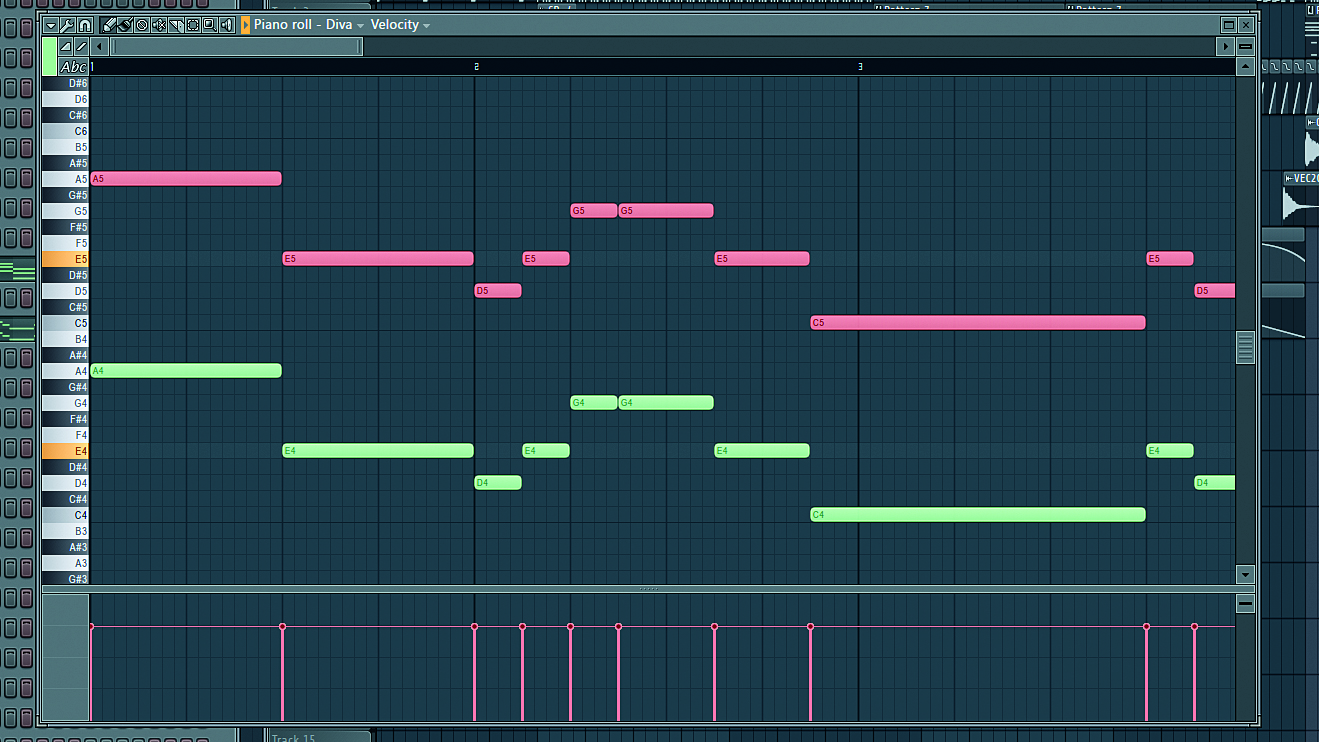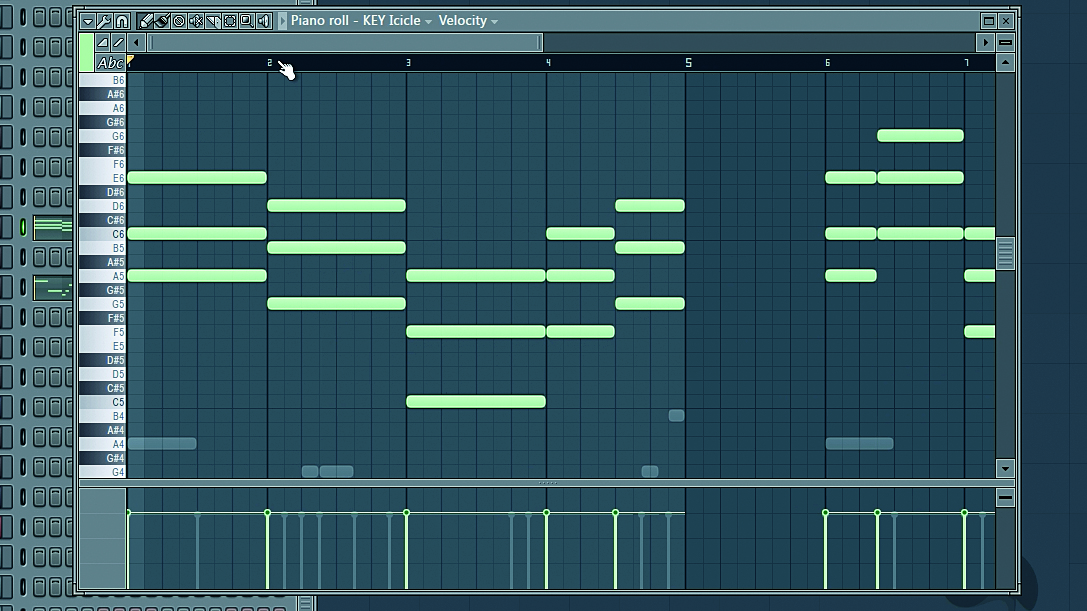10 ways for electronic music producers to create better arrangements
Turn your collection of ideas into a cohesive whole

Finding the right sounds and building a groove is one thing (OK, two things), but if you don't have an arrangement, you don't really have much of a track.
Here are 10 things to try if you're struggling to make your arrangement work or you're looking for new ways to spice yours up...
1. Build anticipation
To maintain interest throughout a track, make sure changes are anticipated and have the desired impact without being a jarring and unexpected shift.
An easy way to build up to the payoff - the drop, for example - is to selectively cut out your bassline with a filter beforehand, easing the full frequency range back in over the course of your build-up to increase anticipation and still deliver the punch needed from a new section.
2. Shake things up!
Trying to keep a listener on their toes while still obeying the tried-and-true structure of your chosen genre? Shake things up with some enjoyable flourishes at the arrangement stage.
Try adding a single-bar fill that consists of a part of the melody where you would expect the beat to drop. For example, after the reverse crash/filter sweeps and drum builds, insert a bar right before the main tune hits to shake things up!
3. Give sounds their space
Further to considering where a sound sits in the mix, you can get some great results by considering where and, importantly, when sounds are occurring relative to each other. It can sometimes seem as if modern productions have everything occurring at once, but it’s often clever arrangement as much as clever mixing.
Get the MusicRadar Newsletter
Want all the hottest music and gear news, reviews, deals, features and more, direct to your inbox? Sign up here.
You may not be able to have that huge chord and screaming bass play together, but placing one on the downbeat and one on the offbeat helps ensure that both have their own space.

4. Strip back the intro
If you’re writing a dance track and haven’t written a bespoke intro, strip back the main drum loop to its simpler core elements (such as the kick, one or two hats and the snare) and add some atmosphere with sweeps and the like. This will both overcome a structuring problem and ensure your track is DJ-friendly - they’ll prefer a rhythmic intro to mix with.
These intros typically push forward over their 16- or 32-bar run, so bring in more percussion as it goes, and perhaps hints of the melody to come, or recognisable FX.
5. Avoid frequency clashes
Struggling to get two or more parts sounding clearly when playing together? Check they occupy a complementary space in the frequency range of the mix, rather than competing and ending up flat and muddy.
While EQ can help, it’s just as important to pick the right sounds and notes from the off - for example, you’ll struggle to mix a huge, screaming bass and a fat chord at once. Transposing parts into different octaves/ranges is a quick way to space out your sounds.

6. Sweep up
Builds and transitions can be enhanced using reversed crash cymbals prior to the drop, but it’s also been popular to use noise sweeps.
Load a white noise sample and place a filter over it. Using automation, create a rise preceding the moment of impact.
7. Change the chords
You might find yourself feeling that your tune is sounding musically tired as the track goes on. Whether your lead is a synth line, a guitar or a vocal, you can put a fresh spin on it by changing the supporting chords beneath it to different, complementary ones. This will give your melody an ear-catching ‘same but different’ vibe.
8. Chop it up
Without going overboard and pushing into IDM territory (unless, of course, that’s where you’re aiming to be), edits, chops and stutters are a great way to add variety.
Introduce a slightly altered version of your song’s main drum loop - or even a resampled bar of your entire track - for one bar to keep it fresh.
9. Use modulation
Some effects won’t be as exciting unless they keep a sense of movement and evolution. If you have a sound with an LFO modulating the pitch, you can steadily increase its rate during a crescendo or build-up for a boost in energy before bringing it back down to earth afterwards.

10. Use harmonies
Harmony lines can add an extra dimension to your melodies – great when introduced halfway through a verse or chorus, say. To do this, copy the original melody and transpose it up. Good ‘preset’ starting points for this are five notes above, seven above or a full octave above the original tune.
Computer Music magazine is the world’s best selling publication dedicated solely to making great music with your Mac or PC computer. Each issue it brings its lucky readers the best in cutting-edge tutorials, need-to-know, expert software reviews and even all the tools you actually need to make great music today, courtesy of our legendary CM Plugin Suite.










